The Philippine National ID, officially known as the Philippine Identification System (PhilSys) ID, is a crucial identity document for every Filipino citizen and resident. It serves as a proof of identity and provides access to a variety of government services, such as voting, social welfare programs, banking services, and more.
If you are a Filipino citizen or a resident alien in the Philippines, you may be wondering:
in this article ”How Many Months Do You Have to Claim Your National ID in the Philippines”, we will delve into the process, time frames, and factors influencing the issuance and claiming of your National ID in the Philippines, as well as the steps you need to take to ensure that you get your ID on time.
Philippine National ID
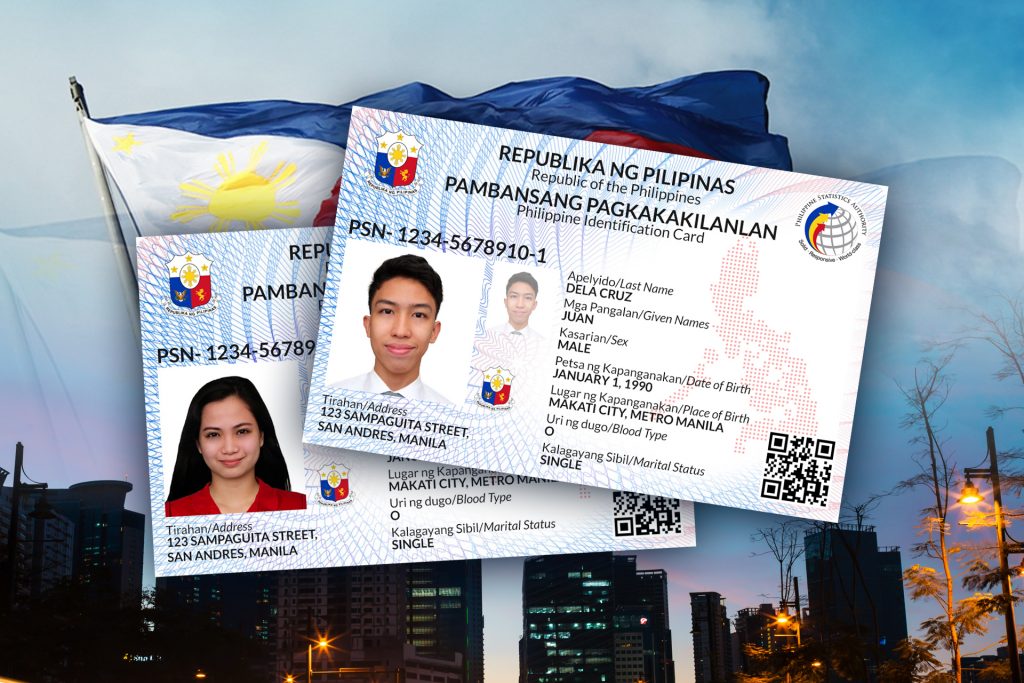
The Philippine National ID is part of the Philippine Identification System (PhilSys), which was created by the Philippine government to centralize and simplify the process of identifying individuals in the country.
The PhilSys ID is a unique, government-issued identification card that contains personal information, including your full name, date of birth, gender, address, and your biometrics (fingerprints, facial image, and iris scan). The goal of this ID is to facilitate easy access to government services, improve transparency, and help reduce bureaucratic inefficiencies.
Process to Claim the National ID in the Philippines
The process for applying and claiming the National ID in the Philippines involves several steps, which must be completed by the applicant. Here’s an overview of the steps:
Step 1: Registration for the National ID
The registration process involves three main stages:
- Pre-Registration: The first stage involves filling out a form and submitting basic demographic information, such as your name, age, gender, and address. This stage is generally done online or at registration centers.
- Biometric Data Capture: Once you have pre-registered, you need to visit a registration center where your biometric information (photograph, fingerprint, and iris scan) will be collected. This helps ensure the accuracy and uniqueness of the ID.
- Document Submission and Validation: After biometric data collection, applicants must submit supporting documents, such as a birth certificate, government-issued IDs, or proof of address. These documents will be verified to ensure that the applicant’s information is accurate.
Step 2: Processing of National ID
After completing the registration, the application is processed by the Philippine Statistics Authority (PSA). The PSA will validate the information submitted and ensure that the biometrics are accurately captured. It usually takes some time for the application to be processed because the PSA has to handle a large number of applications.
The processing time may vary based on several factors, including the volume of applications being processed, verification issues, and logistical challenges.
Step 3: Issuance of the National ID
Once your National ID is processed, it will be sent to the address you provided during the registration process or be made available for pick-up at a designated location. The PhilSys ID comes with a unique 12-digit number, which serves as your permanent identity number in the country.
How Many Months Do You Have to Claim Your National ID?
In the Philippines, there is no strict deadline for claiming your National ID after registration. However, there are time frames that you should be aware of to ensure a smooth and timely process.
Once your registration is completed, the PSA will inform you about the status of your National ID. You can track the status of your ID online through the PhilSys website, which will allow you to see whether your ID is ready for pickup or delivery. Here is a general breakdown of what to expect:
1. Initial Registration Phase (3-6 months)
For the vast majority of individuals, after registration, it typically takes about 3 to 6 months for the National ID to be processed and ready for release. This timeline is dependent on the volume of registrations in your region and the efficiency of the PSA’s processing system. During this period, applicants are encouraged to regularly check the status of their ID via the PhilSys website or through their respective local government units (LGUs) for updates.
Key Factors Affecting the Processing Time:
- Volume of Registrations: The National ID system was rolled out gradually, with a priority on certain sectors of society, such as indigents, senior citizens, and persons with disabilities. As a result, those who registered early were typically processed first. The volume of registrations in different areas of the Philippines may affect how quickly your ID is issued.
- Verification Issues: Sometimes, the PSA may encounter issues with the verification of personal documents or biometric data. This may cause delays in the issuance of the National ID. In these cases, the PSA may require further clarification or resubmission of certain documents.
- Logistical Delays: In some cases, logistical delays may occur, particularly in remote areas where there may be fewer registration centers or a lack of proper infrastructure. These delays can contribute to the time it takes to process and deliver your National ID.
- Online Tracking: The PSA has made it easier for applicants to track the status of their National ID online. By using the PhilSys website or the PhilSys mobile app, individuals can check whether their ID is ready for pickup or delivery, reducing the uncertainty surrounding the waiting period.
2. Grace Period for Claiming the National ID
While there is no hard deadline to claim your National ID, the PSA encourages individuals to claim it as soon as they are notified that it is ready for pickup or delivery. It is important to follow the guidelines provided by the PSA to avoid potential complications, such as expired delivery attempts or delays in retrieving your ID.
If your ID is not claimed within a reasonable time frame, the PSA may attempt to deliver it again, but continued failure to claim the ID may cause additional delays or even require re-registration in certain cases.
In some cases, the PSA will notify the applicants of their National ID’s readiness via SMS, email, or through an online account. It is recommended that you update your contact details during registration to ensure that you receive these notifications promptly.
3. Unclaimed National IDs
Unclaimed National IDs are often stored in local registration centers or with the PSA. If your National ID has not been claimed within several months, the PSA will likely hold it in storage until it is picked up. To avoid complications, you should ensure that your contact information is accurate when registering and make arrangements to pick up your National ID as soon as you are notified that it is ready.
In the event that your National ID has been returned to the PSA due to non-claim, you may need to visit the PSA office or a local registration center to reclaim it.
Conclusion
While the exact timeline for claiming your National ID in the Philippines may vary depending on various factors such as processing times, logistical delays, and the volume of registrations in your area, it generally takes around 3 to 6 months for the ID to be issued after completing the registration process.
Once your ID is processed and ready, you will be notified via SMS, email, or through the PhilSys website about its availability. To avoid delays, it is advisable to track the status of your ID regularly and promptly claim it once it is ready. If you fail to claim your National ID within a reasonable period, it may be stored for future pickup or delivery.
The Philippine National ID is a valuable tool that provides access to a wide range of government services, making it an essential document for every Filipino citizen. Therefore, it is important to complete the registration process promptly and follow the steps provided by the PSA to ensure you receive your ID in a timely manner.
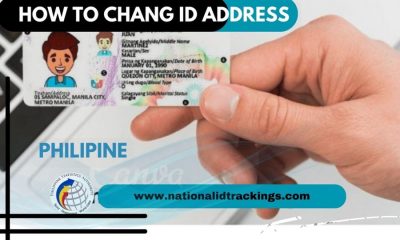
 Uncategorized12 months ago
Uncategorized12 months ago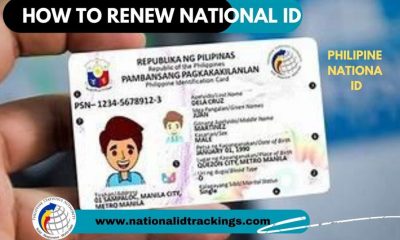
 Uncategorized11 months ago
Uncategorized11 months ago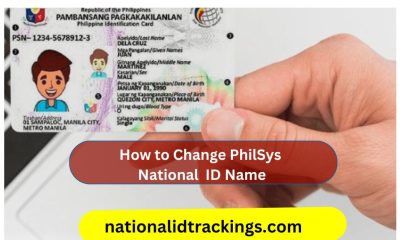
 Uncategorized11 months ago
Uncategorized11 months ago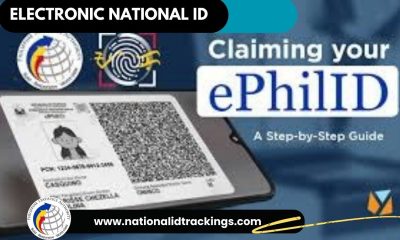
 Uncategorized12 months ago
Uncategorized12 months ago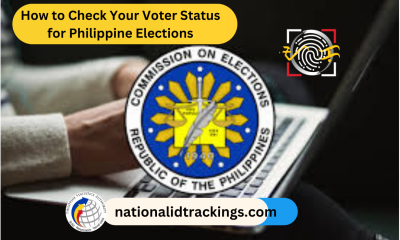
 Uncategorized11 months ago
Uncategorized11 months ago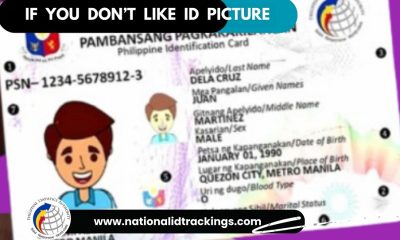
 Uncategorized12 months ago
Uncategorized12 months ago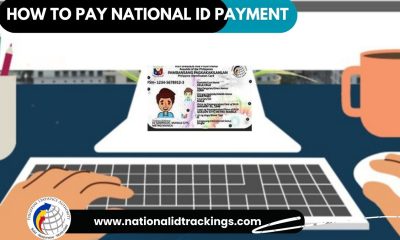
 Uncategorized11 months ago
Uncategorized11 months ago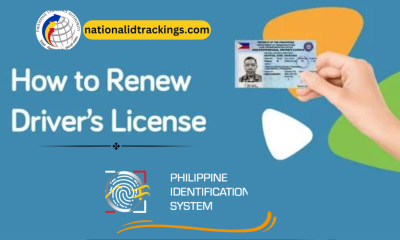
 Uncategorized11 months ago
Uncategorized11 months ago
 Uncategorized11 months ago
Uncategorized11 months ago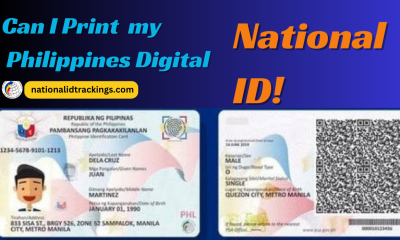
 Uncategorized9 months ago
Uncategorized9 months ago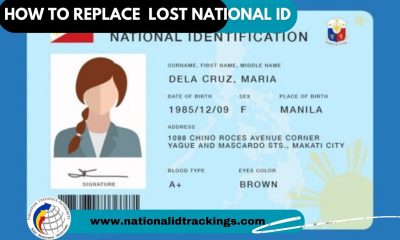
 Uncategorized11 months ago
Uncategorized11 months ago
 Uncategorized9 months ago
Uncategorized9 months ago

-Feb-07-2024-03-07-18-5160-AM.png?width=600&height=400&name=Pics%20for%20blog%20-%20600x400%20(1)-Feb-07-2024-03-07-18-5160-AM.png)